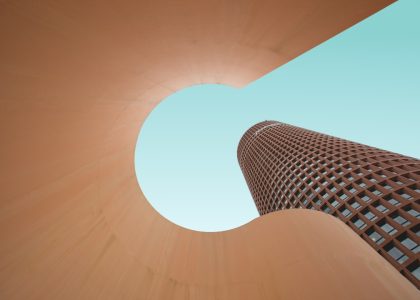Introduction
Poul Henningsen is a famous Danish designer who is known for his innovative lighting designs. One of his most famous works is the pendant light, which has become an iconic fixture in many homes and commercial spaces. In this article, we will explore the history, design, and popularity of Poul Henningsen pendant lights.
History of Poul Henningsen Pendant Lights
Poul Henningsen first began working on pendant light designs in the 1920s. He was interested in creating a fixture that could provide both direct and diffused light, and that could be adjusted to meet the needs of different spaces. Henningsen’s initial designs were inspired by the scientific study of light, and he experimented with different materials and shapes to create his signature look.
In the 1950s and 1960s, Poul Henningsen’s designs became hugely popular, and the pendant light became a staple of modern design. Today, the Poul Henningsen pendant light is widely recognized as a classic piece of Danish design.
Design of Poul Henningsen Pendant Lights
The Poul Henningsen pendant light is designed to provide even, diffused light that is easy on the eyes. Each fixture is made up of several layers of shades, which filter the light in different ways to create a warm, comfortable glow. The shades are arranged in a geometric pattern that is both pleasing to the eye and functional.
The shades of a Poul Henningsen pendant light are made from a variety of materials, including glass, metal, and plastic. Each material has its own unique properties, and Henningsen was careful to choose the best materials for each part of the fixture. The result is a pendant light that is both beautiful and durable.
Shapes and Sizes of Poul Henningsen Pendant Lights
The Poul Henningsen pendant light comes in a variety of shapes and sizes to fit different spaces and design tastes. Some of the most popular shapes include the PH 5, PH Artichoke, and PH Snowball. Each shape has its own unique qualities, but they all share the signature Poul Henningsen look.
The PH 5 is perhaps the most well-known shape, with its layered shades and complex geometry. It was designed to provide diffused light that is easy on the eyes, making it popular in living rooms, bedrooms, and other spaces where comfort is a priority.
The PH Artichoke, on the other hand, is a more sculptural piece that adds drama and elegance to any space. It features multiple layers of overlapping metal leaves that create a textured, organic shape. The Artichoke is often used in high-end dining rooms and other formal spaces.
The PH Snowball is a simple, understated shape that adds a touch of whimsy to any space. It features a single, spherical shade made from glass or plastic, and provides diffused light that is perfect for reading or relaxing.
Popularity of Poul Henningsen Pendant Lights
Since their creation, Poul Henningsen pendant lights have been hugely popular in the design world. They are known for their innovative design, superior craftsmanship, and ability to provide even, gentle light that is easy on the eyes. They have been featured in numerous homes and commercial spaces, and have become a symbol of Danish design style.
Today, Poul Henningsen pendant lights are still popular among homeowners and designers alike. They are a timeless piece of design that adds warmth, comfort, and style to any space.
Conclusion
Poul Henningsen pendant lights are a truly iconic piece of design history. They have captured the hearts and minds of designers and homeowners alike, and have become a symbol of Danish design excellence. We hope this article has given you insight into the history, design, and popularity of these beautiful fixtures, and that it has inspired you to consider adding one to your own space.

